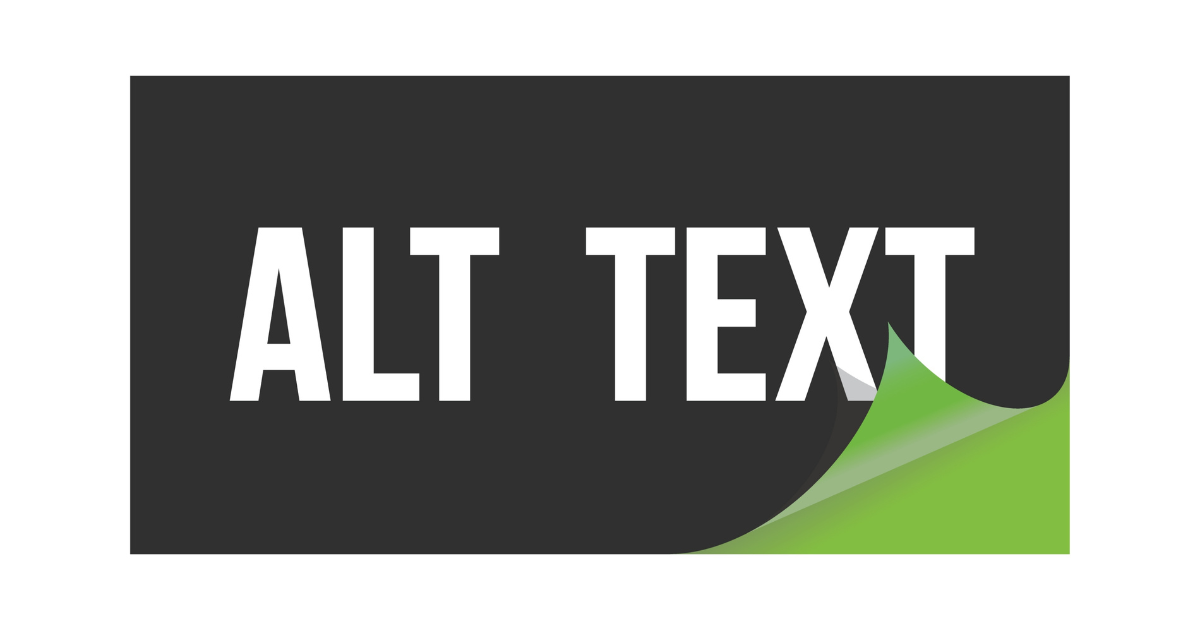Does the nofollow attribute affect SEO?
I don’t know how to use the nofollow attribute.
Do you have similar problems?
The nofollow attribute is a type of HTML tag, and it actually plays an important role in influencing SEO.
However, many people may not actually know the role of the nofollow attribute and its impact on SEO.
In this article, we will explain the role of the nofollow attribute, the correct way to write it, and its relationship with SEO.
Please refer to it if you want to use the nofollow attribute correctly or if you want to focus on internal SEO measures.
Table of contents
What is the nofollow attribute?
The nofollow attribute is a type of HTML tag placed on links on web pages.
Setting the nofollow attribute tells search engines not to follow this link.
By not allowing search engines to follow the page, you can avoid passing the SEO effect of PageRank to the linked website.
*The SEO effects of the nofollow attribute will be explained in a later chapter.
PageRank is explained in detail in a separate article on this site.
If you want to understand PageRank correctly and improve your results with SEO, please refer to it.
What is PageRank? Explaining the relationship, mechanism, and evaluation method with SEO
Difference between nofollow and noindex attributes
The HTML tag that is often mistaken for the nofollow attribute is the noindex attribute.
However, the actual effect is completely different, so be careful not to write it incorrectly when installing.
The differences between the two are as follows:
An index refers to reference data stored in a search engine’s database.
Search results are determined by referring to data stored in the database.
For example, the top page of our site is indexed and ranked high for the keyword “Webma.”
Search engine ratings are only reflected on web pages that are indexed, so when the top page is displayed on the search results screen, it means that it has been indexed.
If you set the noindex attribute, there is a high possibility that it will not be indexed, so the web page with the noindex attribute will not be displayed in search results.
Remember that the nofollow attribute controls search engine crawling (search engines reading information about your website), and the noindex attribute controls indexing.
If you would like to know more about the effects of the noindex tag and the situations in which it should be used, please refer to the following article.
What is noindex? Explaining SEO effects and 3 major usage patterns [Google’s opinion also] -webma-
In the next chapter, we will look at the relationship between the nofollow attribute and SEO.
Relationship between nofollow attribute and SEO
The nofollow attribute also affects SEO because it prevents search engines from following your links.
The reason why this affects SEO is because search engines evaluate websites based on backlinks.
Google has an algorithm called PageRank, which evaluates websites based on the quality and quantity of backlinks, and determines search rankings by relatively evaluating PageRank.
Of course, PageRank alone does not determine your search ranking, but as you know, backlinks have a big impact on SEO.
Links with the nofollow attribute instruct crawlers not to follow the link, making it less likely to affect PageRank.
However, even if you set the nofollow attribute, it does not mean that crawlers will never follow the link; it will only make it less likely to have an effect.
reference: Evolving “nofollow” – new ways to identify the nature of links
Setting the nofollow attribute does not mean that the link will never be followed, but if you do not add the nofollow attribute, crawlers will follow the link.
Therefore, if you do not want to pass on PageRank by posting a link, we recommend setting the nofollow attribute.
Let’s check when to use the nofollow attribute in the next chapter.
When should you use the nofollow attribute?
There are mainly four cases when using the nofollow attribute.
In order to use the nofollow attribute correctly, we will explain each case.
Paid link
If your website has paid links, set the nofollow attribute.
Google prohibits the buying and selling of links themselves.
reference: Link Program | Search Central
If you find a paid link without the nofollow attribute, you may be penalized by Google.
- Purchased link
- Buy posts with links
- Links exchanged for products or services
In such cases, be sure to set the nofollow attribute on the link.
However, Google does not prohibit paying a fee for acquiring backlinks on your behalf.
It is important to understand that there is a difference between purchasing the link itself and purchasing a backlink agent.
Comment
If your website has a comment section or review function, set the nofollow attribute.
Malicious businesses may place a large number of links using the comment section or review function.
It’s not a bad thing to include links in comments and reviews, but if malicious links are placed, your SEO rating may drop as a result.
Pages that don’t need to be crawled
You can optimize your website’s crawling by adding the nofollow attribute to pages that do not need to be crawled.
Pages that do not need to be crawled include login pages, pages after the shopping cart, and temporary low-quality content.
Login pages and pages beyond the shopping cart are necessary for users, but not for search engines.
Also, if you have low-quality content that was accidentally created when renewing your website or creating a new page, set the nofollow attribute for that as well.
By not allowing the crawler to crawl pages that do not need to be crawled, you can efficiently read the pages that you want the crawler to read.
If your website is not designed to be crawled, please examine your web pages and consider adding a nofollow attribute.
Links to unreliable sites and pages
Add the nofollow attribute to links to unreliable sites and pages.
Sometimes you need to link to a website or webpage that has low credibility.
For example, when you need to link to the website of a company introduced in a case study, or when you quote an image.
If you are unsure whether the information on the linked website or web page is reliable, you can be sure of setting the nofollow attribute.
In the next chapter, we will introduce the correct way to write the nofollow attribute.
Even if you set the nofollow attribute, it is meaningless if it is not set correctly, so be sure to check it.
How to write the nofollow attribute
There are two ways to write the nofollow attribute.
The description method for setting a specific link is as follows.
Write rel=”nofollow” in the a tag of the link for which you want to set the nofollow attribute.
▽Before setting the nofollow attribute
<a href="https://www.〇〇〇〇jp./">Anchor text</a>
▽After setting the nofollow attribute
<a href="https://www.〇〇〇〇〇jp/" rel="nofollow">Anchor text</a>
The description method for setting all links on a page is as follows.
Write the following in the head of the page where you want all links to have the nofollow attribute.<meta name=”robots” content=”nofollow”>
There are two ways to write the nofollow attribute, so use one appropriately depending on the website situation.
In the next chapter, we will introduce media with nofollow attributes for website operators who want to get proper backlink effects on their sites.
Media with nofollow attribute
In order to obtain the SEO effect of backlinks, you need to obtain backlinks that do not have the nofollow attribute.
If your goal is to get backlinks, it seems like you can get a lot of backlinks in a short period of time if it gets spread on SNS, right?
However, unfortunately, many SNS media have nofollow attributes, so no matter how much they spread, you will not get the effect of backlinks.
If you are expecting to get backlinks on Twitter, Facebook, Instagram, etc., it is better to give up gracefully.
However, being mentioned on SNS may lead to being evaluated as a citation.
Citations are posts without links.
Citation is a type of external countermeasure, and like backlinks, it is an important evaluation indicator for external countermeasures.
Since SNS has a nofollow attribute, you cannot expect SEO effects from backlinks, but keep in mind that you may be able to obtain citations.
[Summary] Use the nofollow attribute to implement appropriate linking strategies
The nofollow attribute is a type of HTML tag that tells search engines not to follow a link.
By using the nofollow attribute correctly, you can improve SEO and protect your site’s reputation.
There are two ways to write the nofollow attribute, so why not try incorporating it depending on the situation of your site?
Write rel=”nofollow” in the a tag of the link for which you want to set the nofollow attribute.
▽Before setting the nofollow attribute
<a href="https://www.〇〇〇〇jp./">Anchor text</a>
▽After setting the nofollow attribute
<a href="https://www.〇〇〇〇〇jp/" rel="nofollow">Anchor text</a>
Write the following in the head of the page where you want all links to have the nofollow attribute.<meta name=”robots” content=”nofollow”>
If you are unable to use the nofollow attribute correctly and your SEO rating is not improving, you may want to consider hiring an agency.




